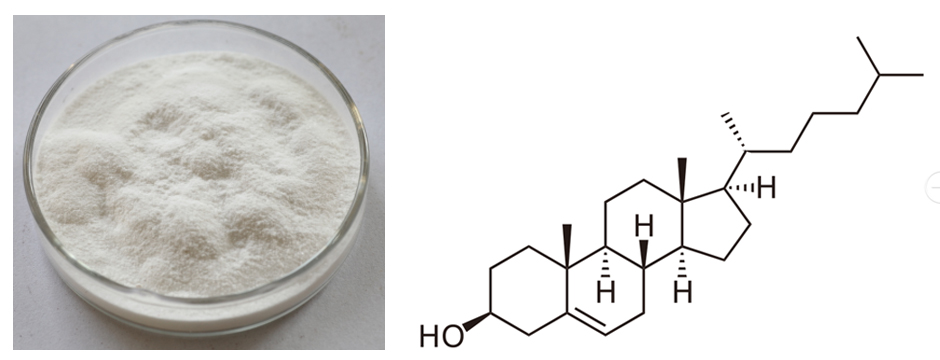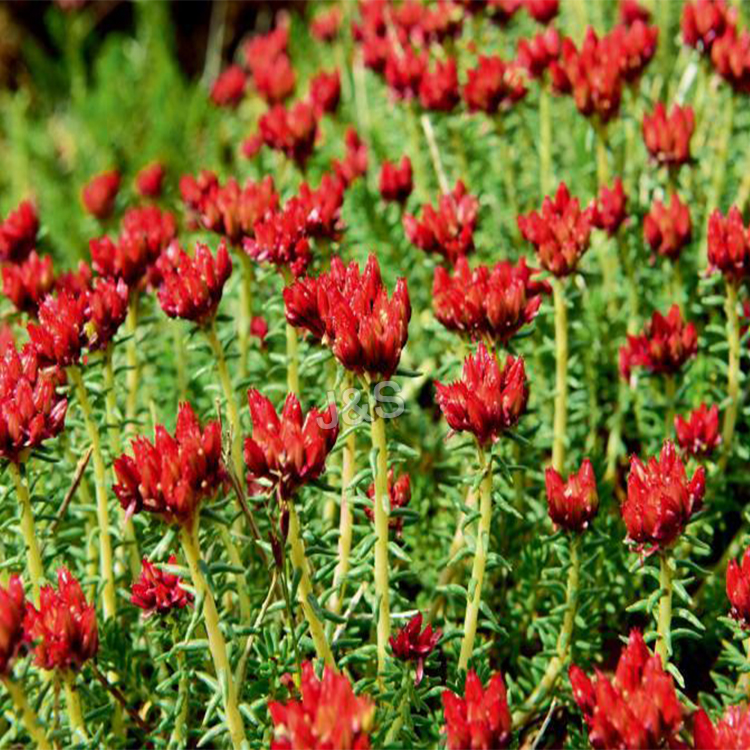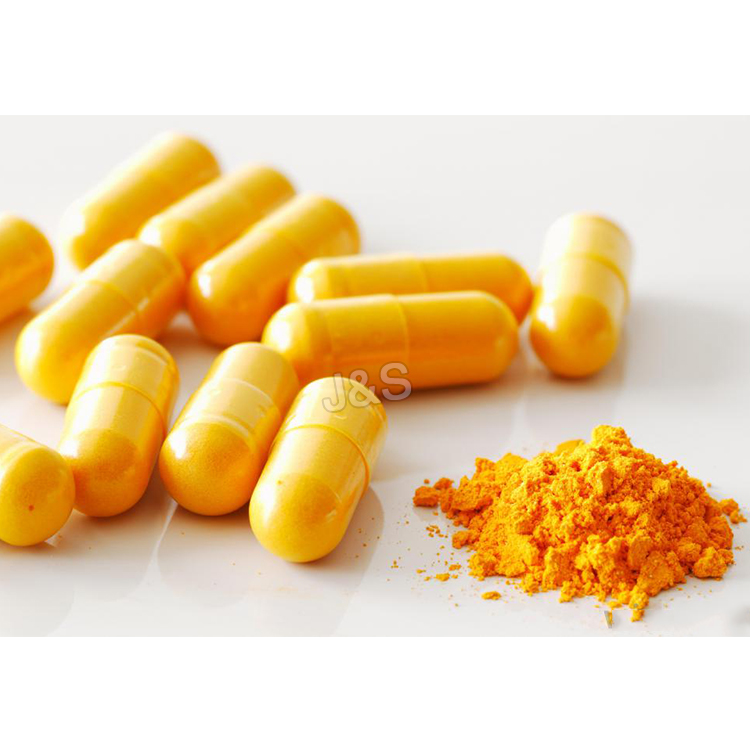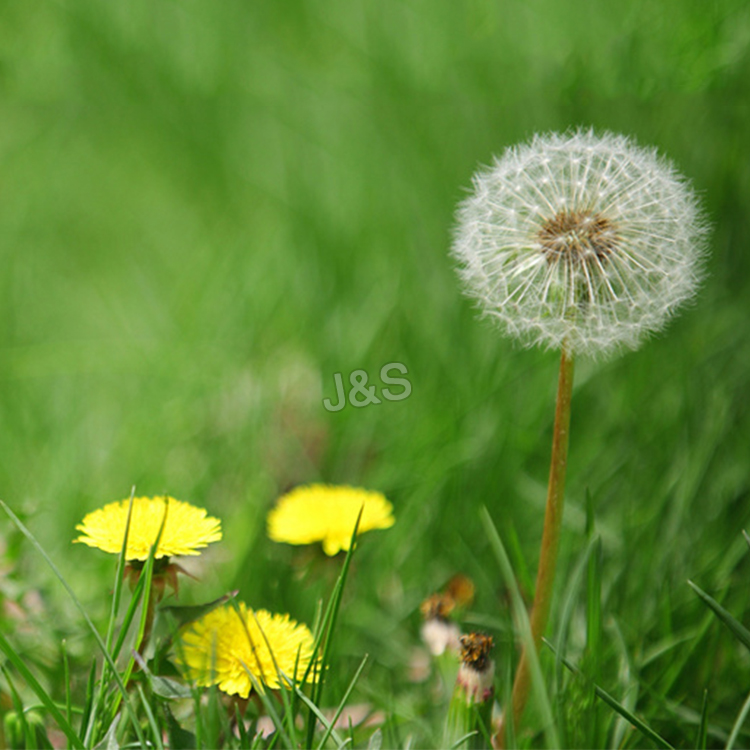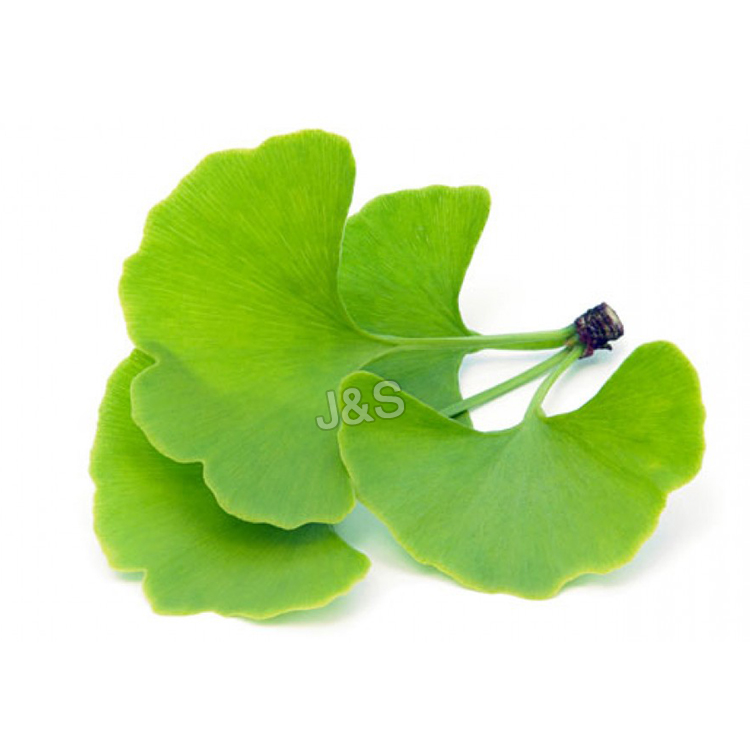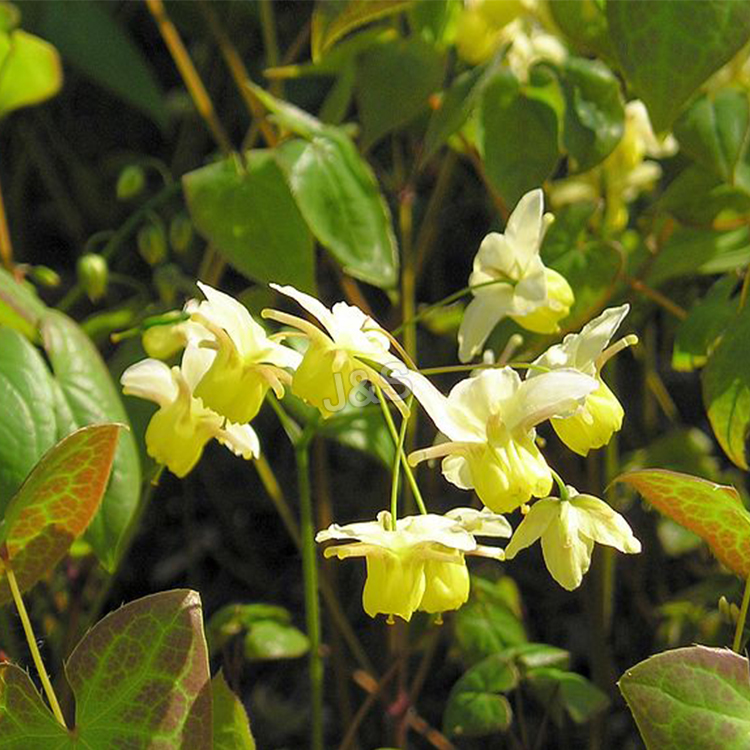Low MOQ for Phytosterol Factory for Senegal
Low MOQ for Phytosterol Factory for Senegal Detail:
[Latin Name] Glycine max(L.) Mere
[Specification] 90%; 95%
[Appearance] White powder
[Melting point] 134-142℃
[Particle size] 80Mesh
[Loss on drying] ≤2.0%
[Heavy Metal] ≤10PPM
[Storage] Store in cool & dry area, keep away from the direct light and heat.
[Shelf life] 24 Months
[Package] Packed in paper-drums and two plastic-bags inside.
[Net weight] 25kgs/drum
[What is Phytosterol?]
Phytosterols are compounds found in plants that resemble cholesterol. The National Institutes of Heath report that there are over 200 different phytosterols, and the highest concentrations of phytosterols are found naturally in vegetable oils, beans and nuts. Their benefits are so recognized that foods are being fortified with phytosterols. At the supermarket, you may see orange juice or margarine advertising phytosterol contents. After reviewing the health benefits, you may want to add phytosterol-rich foods to your diet.
[Benefits]
Cholesterol-Lowering Benefits
The most well-known, and scientifically proven, benefit of phytosterols is their ability to help lower cholesterol. A phytosterol is a plant compound that is similar to cholesterol. A study in the 2002 issue of “Annual Review of Nutrition” explains that phytosterols actually compete for absorption with cholesterol in the digestive tract. While they prevent the absorption of regular dietary cholesterol, they themselves are not easily absorbed, which leads to a total lower cholesterol level. The cholesterol-lowering benefit does not end with a good number on your blood work report. Having lower cholesterol leads to other benefits, such as a reduced risk for heart disease, stroke and heart attacks.
Cancer Protection Benefits
Phytosterols have also been found to help protect against the development of cancer. The July 2009 issue of the” European Journal of Clinical Nutrition” offers encouraging news in the fight against cancer. Researchers at the University of Manitoba in Canada report that there is evidence that phytosterols help prevent ovarian, breast, stomach and lung cancer. Phytosterols do this by preventing the production of cancer cells, stopping the growth and spread of cells that are already in existence and actually encouraging the death of cancer cells. Their high anti-oxidant levels are believed to be one way phytosterols help fight cancer. An anti-oxidant is a compound that fights free radical damage, which is negative effects on the body produced by cells that are unhealthy.
Skin Protection Benefits
A lesser known benefit of phytosterols involves skin care. One of the contributing factors in the aging of the skin is the breakdown and loss of collagen — the main component in connective skin tissue — and sun exposure is a major contributor to the problem. As the body ages, it is not able to produce collagen as it once did. The German medical journal “Der Hautarzt” reports a study in which various topical preparations were tested on skin for 10 days. The topical treatment that showed anti-aging benefits to the skin was the one that contained phytosterols and other natural fats. It is reported that phytosterols not only stopped the slow-down of collagen production that can be caused by the sun, it actually encouraged new collagen production.
Product detail pictures:
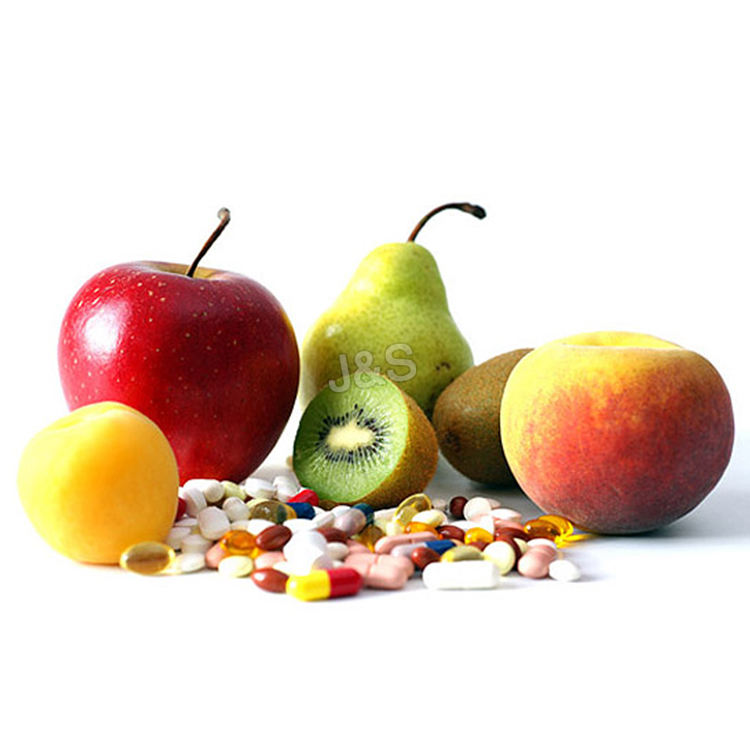
Related Product Guide:
We always stick to the principle "Quality First, Prestige Supreme". We are fully committed to providing our clients with competitively priced quality products, prompt delivery and professional service for Low MOQ for Phytosterol Factory for Senegal , The product will supply to all over the world, such as: Angola, Iran, New Zealand, We aim to build a famous brand which can influence a certain group of people and light up the whole world. We want our staff to realize self-reliance, then achieve financial freedom, lastly obtain time and spiritual freedom. We do not focus on how much fortune we can make, instead we aim to obtain high reputation and be recognized for our products. As a result, our happiness comes from our clients satisfaction rather than how much money we earn. Ours team will do best for you always.
Cranberries are known to treat UTI. It has been proven to be very effective even to treat other health problems. It contains Proanthocyanidins which are also called as the tannins, a type of organic chemical compound, that have been condensed. These compounds have act a specific way of functioning which block the bacteria from attaching themselves to the surface, linings of the specific body part, especially the linings in the urethra. Presented by www.cranberryurinarytract.com
Combats free radicals
Demonstrates anti-inflammatory activity
Helps maintain healthy cholesterol levels
Helps maintain healthy circulation by strengthening capillaries, arteries and veins
Helps maintain joint flexibility
Helps promote cardiovascular health
Helps reduce mild menstrual cramping and abdominal pain
Helps support visual health/visual acuity
Potent free radical scavenger
Promotes healthy blood vessel dilation
Promotes healthy nitric oxide levels
Supports a healthy complexion
Supports healthy blood glucose levels
Supports healthy platelet activity
Supports healthy sperm quality
Promotes sinus comfort
Supports immune health
https://www.shop.com/Isotonix+OPC+3+reg+-561800349-p+.xhtml?credituser=C8005697
Isotonix OPC-3®
Isotonix OPC-3 is one of the most revolutionary nutritional supplements available today. Between its unparalleled formula, including the clinically-studied ingredient Pycnogenol, and the revolutionary Isotonix Delivery System, there isn’t a more effective antioxidant supplement on the market today.
Isotonix OPC-3′s list of benefits is substantial. From promoting your cardiovascular health by helping you maintain healthy blood vessels and showing anti-inflammatory activity, Isotonix OPC-3 provides complete antioxidant protection thanks to its unique formula.
The power behind this advanced nutritional supplement powder comes from its formula of OPCs, or oligomeric proanthocyanidins: complex organic plant compounds called bioflavonoids that provide exceptional nutritional benefits to the human body, including antioxidant protection.
Isotonix OPC-3 includes a combination of powerful bioflavonoids that protect against free radicals. This includes Pycnogenol, a super-antioxidant that is one of the most clinically-researched ingredients in the nutritional supplements industry.
Many nutritional supplements – including other nutritional supplement powders – claim Pycnogenol as an ingredient, but only Isotonix products – including Isotonix OPC-3 – have exclusive worldwide rights to the isotonic form of the super-antioxidant Pycnogenol.
The isotonic form of a nutrient – the defining characteristic of Isotonix nutritional supplements – is of vital importance. Traditional tablets and capsules can take hours for the body to digest; Isotonix nutritional supplements digest more quickly and are distributed throughout the body faster than pills.
*These statements have not been evaluated by the Food and Drug Administration. This product(s) is not intended to diagnose, treat, cure or prevent any disease.
Superb technology, perfect after-sales service and efficient work efficiency, we think this is our best choice.
